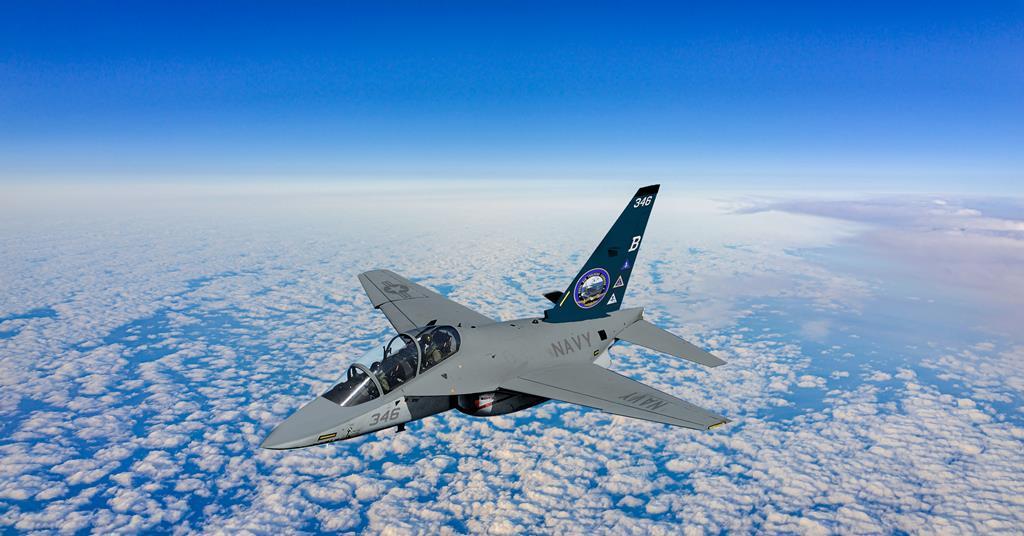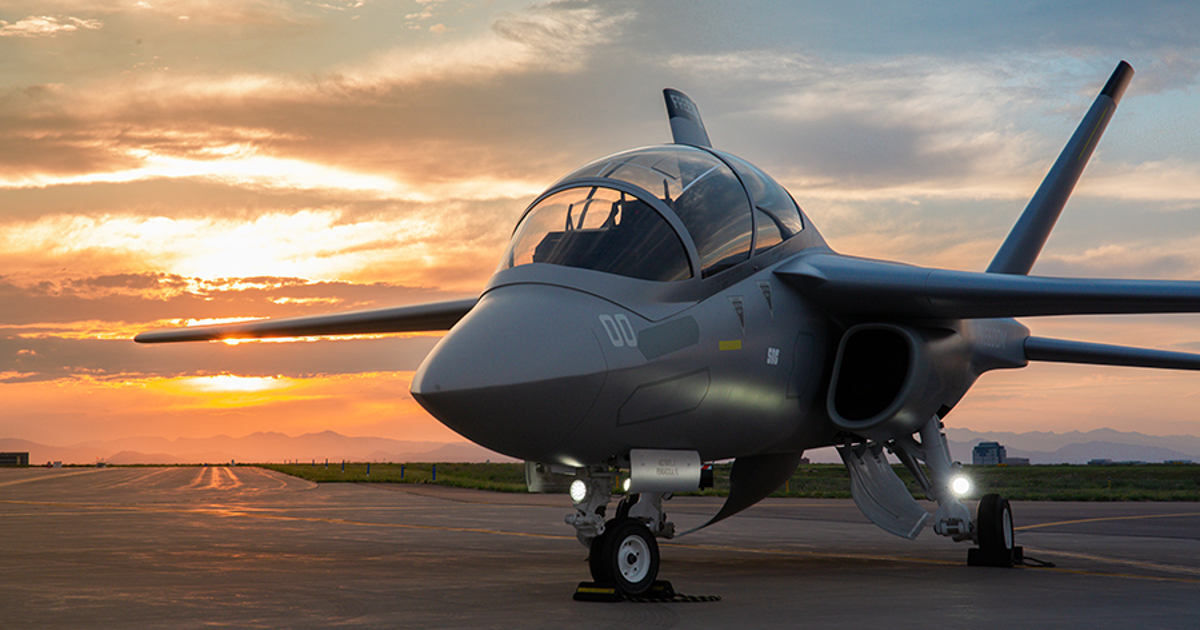Az Amerikai Egyesült Államok Haditengerészete elkezdte keresni a T-45C Goshawk váltótípusát...
2020.05.14.
The US Naval Air Systems Command (NAVAIR) has issued a request for information (RFI) for a jet aircraft to perform some aspects of land- and ship-based carrier training in support of the Undergraduate Jet Training System (UJTS) programme.
The RFI, issued on 14 May, calls for information on the suitability of an existing twin-seat land-based jet trainer aircraft design to satisfy certain requirements under consideration for the next generation USN undergraduate jet trainer aircraft.
Specifically, the solicitation noted the capability of this non-developmental aircraft to perform land-based Field Carrier Landing Practice (FCLP) events and ship-based carrier touch-and-go events for USN and US Marine Corps (USMC) pilots.
According to the RFI, the aircraft is not required to conduct either arrested landing or catapult-assisted take-offs, although it does need to be able to withstand the very high sink-rates associated with carrier landings.
Performance specifications listed by NAVAIR include a top speed in excess of Mach 0.84, an operational ceiling of 41,000 ft, synthetic radar and other sensors, as well as simulated air-to-air and air-to-surface weapons employment. It should also have two rocket/bomb-capable pylons.
2020.05.14.
The US Naval Air Systems Command (NAVAIR) has issued a request for information (RFI) for a jet aircraft to perform some aspects of land- and ship-based carrier training in support of the Undergraduate Jet Training System (UJTS) programme.
The RFI, issued on 14 May, calls for information on the suitability of an existing twin-seat land-based jet trainer aircraft design to satisfy certain requirements under consideration for the next generation USN undergraduate jet trainer aircraft.
Specifically, the solicitation noted the capability of this non-developmental aircraft to perform land-based Field Carrier Landing Practice (FCLP) events and ship-based carrier touch-and-go events for USN and US Marine Corps (USMC) pilots.
According to the RFI, the aircraft is not required to conduct either arrested landing or catapult-assisted take-offs, although it does need to be able to withstand the very high sink-rates associated with carrier landings.
Performance specifications listed by NAVAIR include a top speed in excess of Mach 0.84, an operational ceiling of 41,000 ft, synthetic radar and other sensors, as well as simulated air-to-air and air-to-surface weapons employment. It should also have two rocket/bomb-capable pylons.










